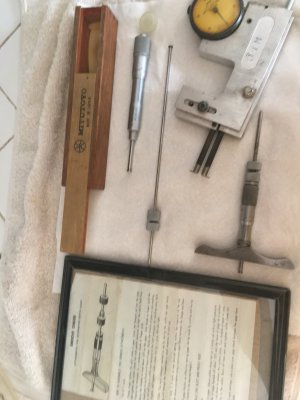- Joined
- Apr 23, 2013
- Messages
- 1,059
I think you should look up the Benefits of using a quad ring In place of a O ring.I don’t like using my parting tool because they don’t sharpen well after they get dull, so they flex and cause an oblong groove. It doesn’t matter how much time I spend honing and cleaning the parting blade and how close into the holder I get. The holder I have also can’t hold blades straight as they should be. The top of the blade is thicker so no matter what when it is tightened down it is at a small angle, so it draws, or grabs one side more than the other.
where is the info about how to grind specific lathe tools in the machinist handbook. I have looked through the he tooling section and find no mention of angles, or methods to grind specific tools. I don’t think I understand how to fully utilize this book yet.
If I recall it right an O ring twists and the rubber moves more and breaks down guicker than a quad ring.
As far as grinding tools go I am so old school I just learned by trial and error. I have never believed that the angles were that important. My hand ground tools seem to work for me and I never have checked the angles on them.
In fact I made a ball turner tool that has a cutting tool with zero clearance. I was told it would not work. But it works fine for me. True it will not face but does what I made it for.
Jim Sehr


